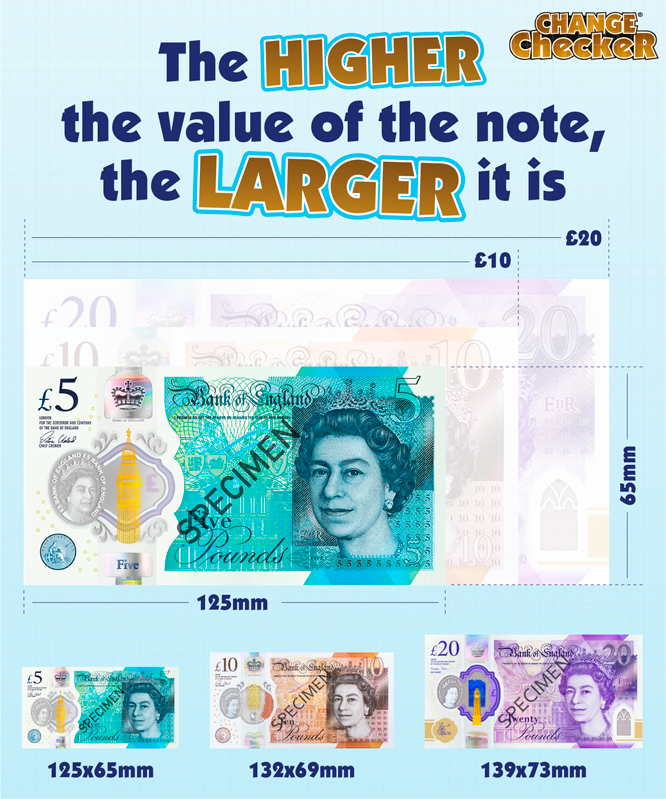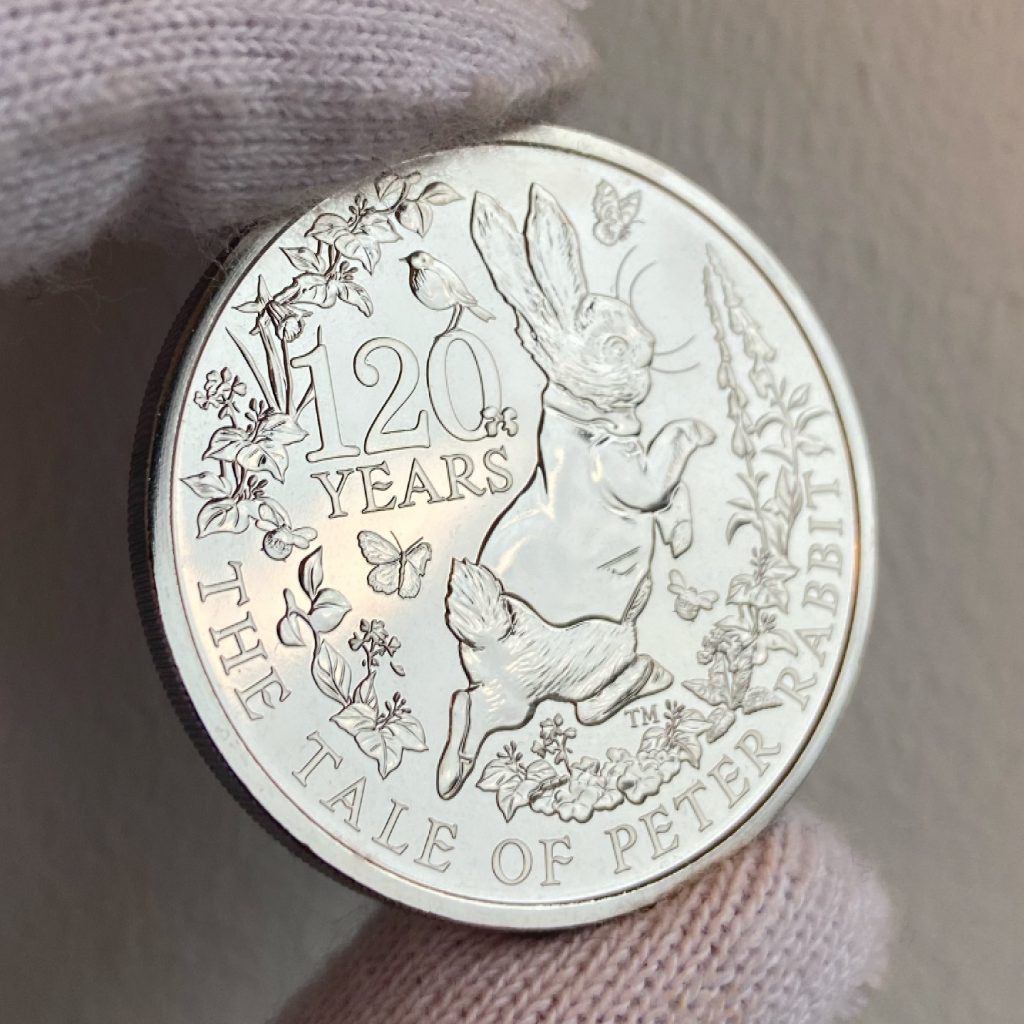Posts by Change Checker
Prince Charles represents Her Majesty at this year’s Royal Maundy Service
Believed to only be the fifth time during Her Majesty’s reign, Queen Elizabeth II has not attended this year’s Royal Maundy Service.
For the first time, Prince Charles has represented her in this duty at St. George’s Chapel, Windsor in the annual tradition.
The annual Royal Maundy service—where the monarch distributes Maundy money to retired pensioners on the Thursday before Easter—has been a staple in the Queen’s calendar since she ascended to the throne in 1952.
However, in 2020, considered to be for the first time ever, the ancient tradition of the Royal Maundy ceremony was cancelled. Centuries of tradition were overturned as one of the Church of England’s most archaic ceremonies was unable to take place due to the Queen being in isolation at Windsor Castle.

The same happened in 2021, with the Royal Maundy ceremony being cancelled for the second year in a row.
Today, Prince Charles distributed the Maundy money, a £5 coin and a 50p coin portraying the Queen’s Platinum Jubilee for the red purse, and uniquely minted Maundy money to the value of 96p for the white purse. The Prince was accompanied by his wife Camilla at the engagement.
This year, there are 96 men and 96 women—one for each of the years the Queen has been alive (she turns 96 on April 21) who have received this gift. The senior citizens selected will each receive two purses, one red and one white.
The History of Royal Maundy
Maundy Thursday is a key day during the Easter week which commemorates Jesus Christ’s last supper on the day before his crucifixion.
The Royal Maundy Church service takes place each year on this day, and is inspired by the generosity shown by Jesus in washing the feet of his disciples shortly before his death.

Its origins can be traced back to the Middle Ages, when English monarchs would wash the feet of beggars and offer gifts of food and clothing in imitation of Jesus.
However it was King John who was the first to give to the poor on Maundy Thursday and by the early 14th century, it had become customary for the sovereign to provide a meal, together with gifts of food and clothing.
Sharing the Wealth
For numismatists, the day has added significance in the form of Maundy money which is given out by the reigning monarch each year at the service.
The tradition of giving out money began with Charles II, with the first set of Maundy coins consisting of a four penny, three penny, two penny and a penny. The coins have remained in much the same form since then, and are traditionally struck in sterling silver.
At the Royal Maundy ceremony, the reigning monarch hands each recipient two small leather string purses – one white, one red. The red purse contains ordinary coinage as money (in lieu of the food and clothing which was offered years ago) and the white contains silver Maundy coins.

The Maundy coins total the age of the King or Queen in pence, so this year, as the Queen approaches her 96th birthday, each white purse will contain 96 pence.
Recognition of Service
Nowadays it is not the poor who are the recipients of this gift, but specially chosen members of the public in recognition of the service they have given to the Church and local community.
The number of men and women receiving Maundy Money also equals the age of the sovereign during the year, and since the reign of George I, the recipients have been an equal number of men and women. For example, this year 192 recipients will receive the Maundy coins – 96 men and 96 women.
The tradition and heritage behind Maundy money makes them among the most sought-after coins in British numismatic history. Their owners are part of an exclusive club which dates back centuries, and they still exemplify the generosity and selfless work of the Church during this week – the most important in the Christian calendar.
Never miss a future UK coin issue!
Join the Change Checker UK CERTIFIED BU Subscription Service and receive new UK coins sent to your door without the hassle of placing orders on the day of release!
Don’t miss your chance to get ahead of the crowd and be one of the very first collectors to receive the latest UK new issue coins as soon as possible after their release.
How to spot a counterfeit banknote!
In 1725, printed banknotes were first introduced in the UK, with the purpose of fixed denominations. The £20 banknote came first and following a shortage of metallic currency during the Seven Years’ War in 1759, £10 and £15 notes were issued.
The £5 note was the last to be introduced in 1793. But since their introduction, banknotes have been subject to fraudulent behaviour, so much so, additional banknotes have been executed partly to make forgery of such more difficult.
Fraudulent notes are also called ‘counterfeit banknotes’ and although less and less are going into circulation — with less than 1 in 40,000 banknotes being counterfeit in 2021 — it’s still an important topic to discuss!
Although polymer banknotes are a lot harder to replicate than the traditional paper ones, you should still check your notes when you receive them. But the questions is, how do you spot a counterfeit banknote?
Sizing
For every polymer banknote, a good starting point is to look at its size.
The higher the value, the larger it is. Here we can see the approximate sizes of the £5, £10 and £20 polymer banknotes:

Security Features
Crucially, you should always check your polymer banknotes for the following key security features:

Changing hologram:
- All polymer notes when tilted from side to side and up and down, should feature word changes within their holograms.
- For the £5 banknote, the words should change between ‘Five’ and ‘Pounds’, the £10 banknote between ‘Ten’ and ‘Pounds’ and so on.
See-through windows:
- Each banknote of denomination has a metallic image over the see-through window on it.
- Both the £5 and £10 polymer notes have gold foil on the front of the note within this part and silver on the back.
- The £20 note has a blue and gold foil on the front of the note for the metallic image and silver on the back.
- Lastly, the £50 note has gold and green foil on the front and silver on the back.
Feel of polymer and raised print:
- Polymer is a thin and flexible material so check that the material of your banknote feels this way.
- On each denomination banknote as well, the words ‘Bank of England’ should feel raised.
Foil patches:
- Each banknote denomination will have a different foil patch on it.
- For the £5 note, this is a green foil patch — it is circular and spells ‘BLENHEIM’ to commemorate where Churchill was born.
- The £10 note has a copper foil patch, and this is shaped as a book.
- Check it contains the letters ‘JA’, in tribute to Jane Austen.
- A purple foil patch shaped in a circle with a ‘T’ at its centre, to represent JMW Turner, is imprinted on the £20 note and lastly, a metallic red foil patch can be found on the £50 note and contains the letters ‘AT’ for Alan Turing.
- The patches can all be located behind the silver crown on the front of the notes.
The queen’s portrait in the see-through window:
- The Queen’s portrait which is printed within the see-through window can be found on all the banknotes with the respective denomination and the words ‘Bank of England’ printed twice.
- For example, on the £5 note the inscription ‘£5 Bank of England’ will be printed twice around the windows edge.
This is a just a small selection of the security features that you can find on your polymer banknote. Can you name some of the other features? Let us know in the comments below!
Counterfeit banknotes have no monetary value and cannot be reimbursed. The best thing to do if you encounter a counterfeit banknote is take it to your nearest police station.
They will ask you to fill out a form and once taken from you, will send the suspect note(s) to the National Crime Agency and if found to be counterfeit, to the Bank of England for further examination.
If you’re interested in coin collecting, our Change Checker web app is completely free to use and allows users to:
– Find and identify the coins in their pocket
– Collect and track the coins they have
– Swap their spare coins with other Change Checkers
Sign up today at: www.changechecker.org/app
120 Years of Mischief – the 2022 Peter Rabbit £5 just issued!
I can remember the very first time I was introduced to Peter Rabbit.
My grandmother, an avid Beatrix Potter fan, read me the tale of this mischievous little bunny rabbit one evening. From that point on, every time I went to stay with her, it would be the bedtime story I requested.
That’s the wonderful thing about The Tale of Peter Rabbit; it’s adored across generations.
From the original books, written in 1902, to the brand new £5 coin issued today, the nation continues to preserve Peter Rabbit’s legacy.
2022 UK Peter Rabbit™ £5
In celebration of 120 years of mischief, The Royal Mint has issued a brand new £5 coin, featuring a design of Peter Rabbit, straight from the storybooks!
Designed by Ffion Gwillim, this brand new coin shows the famous bunny rabbit in the stance that is famously known for being the emblem of Beatrix Potter’s works.
The coin also features the inscription ‘120 YEARS’ and ‘THE TALE OF PETER RABBIT’, in tribute to both Beatrix Potter’s talents and her most cherished character.
The popularity of previous Beatrix Potter releases first caused a collecting frenzy in 2016. Having remained some of the most popular coins amongst collectors ever since, this brand new £5 coin is expected to be incredibly sought-after – especially during this special anniversary year!
To secure yours for your collection in Brilliant Uncirculated quality for JUST £10.99 (+p&p), click here.
2021 UK Peter Rabbit™ £5
In 2021, Peter Rabbit made his first ever appearance on a UK £5 coin – the flagship issue, regarded as the UK’s most important commemorative coin amongst collectors.
Featuring a reverse design by Ffion Gwillim, the same artist behind this year’s stunning anniversary issue, this £5 coin depicts a charming scene of the whole rabbit family.
The perfect keepsake to treasure forever, this £5 coin proved incredibly popular with collectors!
With 2022 being a very special anniversary year for Peter Rabbit, i’m sure demand will be even higher for this brand new issue.
Do you have fond memories of Peter Rabbit?
Perhaps you were read the stories as a child, or maybe you’re now reading them to your children or grandchildren? Let us know in the comments below!
Secure the 2022 UK Peter Rabbit™ £5 coin for your collection!
This Peter Rabbit™ £5 coin has been specially struck and encapsulated as a Change Checker CERTIFIED Brilliant Uncirculated issue.
Brilliant Uncirculated coins are specially struck and handled by The Royal Mint to ensure they are a higher standard than the coins in your change.
It has then been protectively encapsulated in Official Change Checker packaging with the all-important security hologram to guarantee its quality forever.
Own the 2022 UK Peter Rabbit™ £5 today in superior Collector Quality, for JUST £10.99 (+p&p) by clicking here >>






